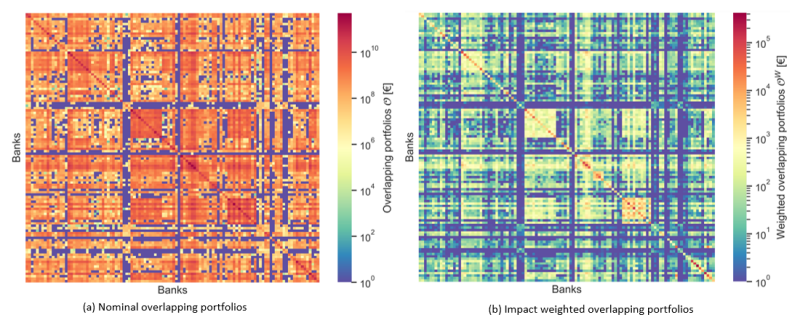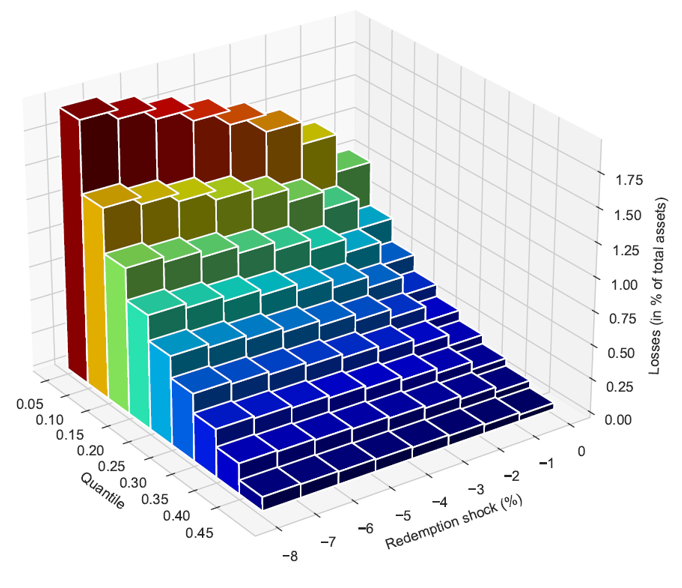Matthias Sydow is Team Lead within the Stress Test Modelling Division of the ECB. In this role he analyses interconnectedness in the financial system, climate risk and the link between monetary policy and financial stability. Since 2018 he is leading a workstream under the ECB Financial Stability Committee tasked with the development of a model for system-wide stress testing covering banks and non-bank financial institutions. From 2009 to 2016, he was involved in all major ECB stress testing activities, including the design and implementation of EU-wide and various country-level stress testing exercises. Prior to this, having joined the ECB in 2004, he was working on a broad range of financial stability topics from a policy and research perspective. He holds a PhD in Economics from Goethe University Frankfurt and postgraduate degrees in Economics and Business Administration from Bertolt-Brecht University of Augsburg. His publications cover the areas of international finance, economics and macro stress testing.







